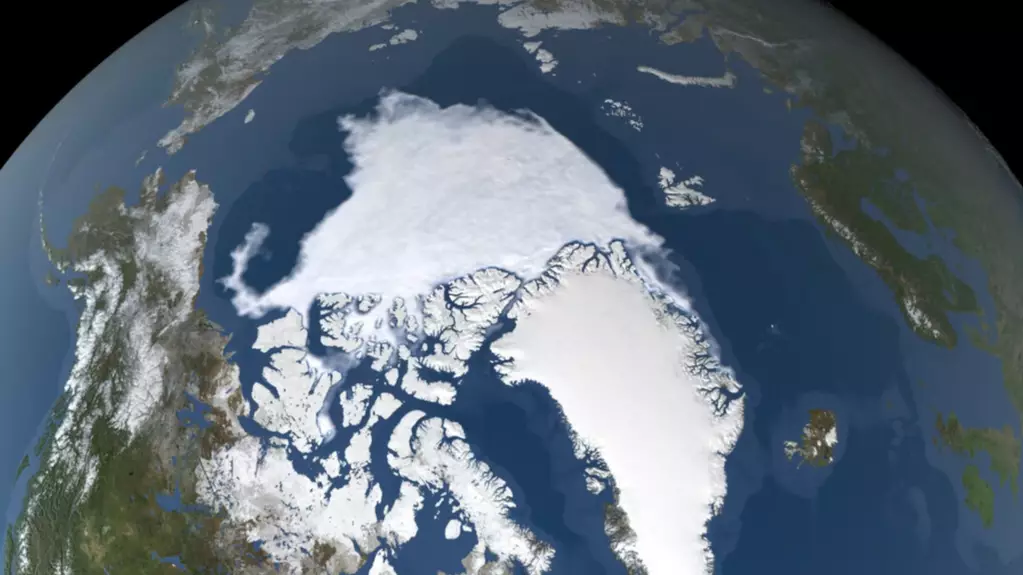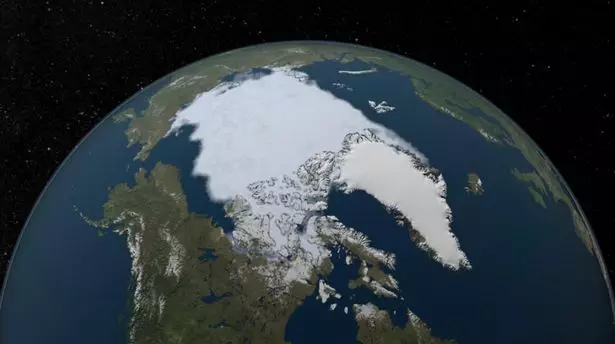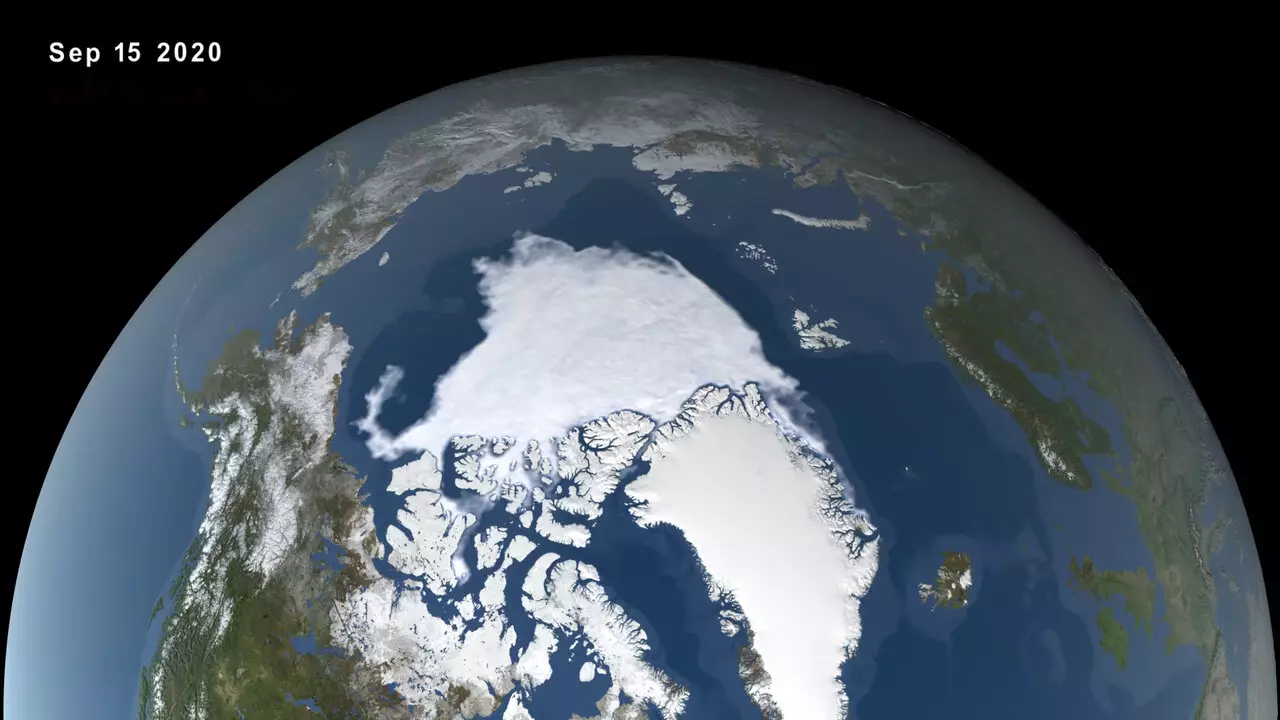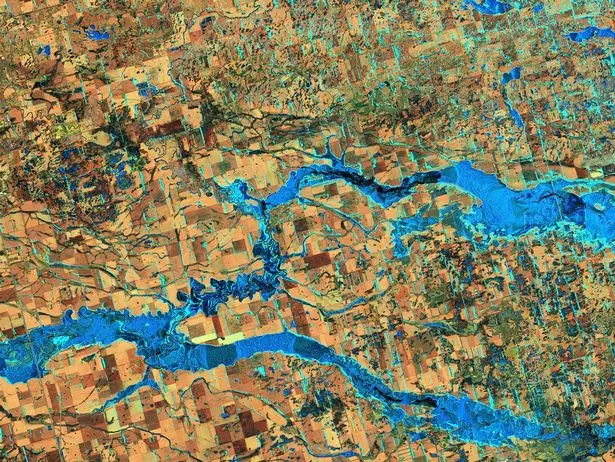
NASA satellite imagery shows the true extent of climate change, with photos illustrating how ice in the Arctic Ocean has been gradually shrinking over the last few decades.
The images, which are part of NASA's Images of Change project, were captured in 1984 and 2020 respectively - the latter showing there has been noticeable change in the Arctic.
In 1984's picture, a large mass of white indicates an extensive area of ice, but jumping forward to September 2020, we can see just how much of it has melted.
Advert


The images reflect an announcement made last September, which said Arctic sea ice had declined to the second lowest level on record.
Advert
Figures released by the National Snow and Ice Data Centre (NSIDC) showed that, in 2020, sea ice in the Arctic was 1.44 million square miles.
While it sounds like a large area, it was actually the second lowest in the 42-year-old satellite record, reinforcing the long-term downward trend in Arctic ice extent.
Mark Serreze, Director of NSIDC, said at the time: "As the sea ice cover extent declines, what we're seeing is we're continuing to lose that multiyear ice.
"The ice is shrinking in the summer, but it's also getting thinner. You're losing extent, and you're losing the thick ice as well. It's a double whammy."
Advert
NASA also shared an article explaining the data, saying: "In the last two decades, the minimum extent of Arctic sea ice in the summer has dropped markedly. The lowest extent on record was set in 2012, and last year's extent was tied for second - until this year's.
"A Siberian heat wave in spring 2020 began this year's Arctic sea ice melt season early, and with Arctic temperatures being 14 to 18 degrees Fahrenheit (8 to 10 degrees Celsius) warmer than average, the ice extent kept declining.
"The 2020 minimum extent was 958,000 square miles (2.48 million square kilometers) below the 1981-2010 average of yearly minimum extents, and 2020 is only the second time on record that the minimum extent has fallen below 1.5 million square miles (4 million square kilometers)."
Advert
The photos are available to view on the website for the space agency's Images of Change project.
The interactive gallery features images of different locations on Earth, showing change over time periods ranging from centuries to days.


"Some of these effects are related to climate change, some are not," the project's website explains.
Advert
"Some document the effects of urbanization, or the ravage of natural hazards such as fires and floods. All show our planet in a state of flux."
Featured Image Credit: NASA
Topics: World News, climate change, News, Nasa